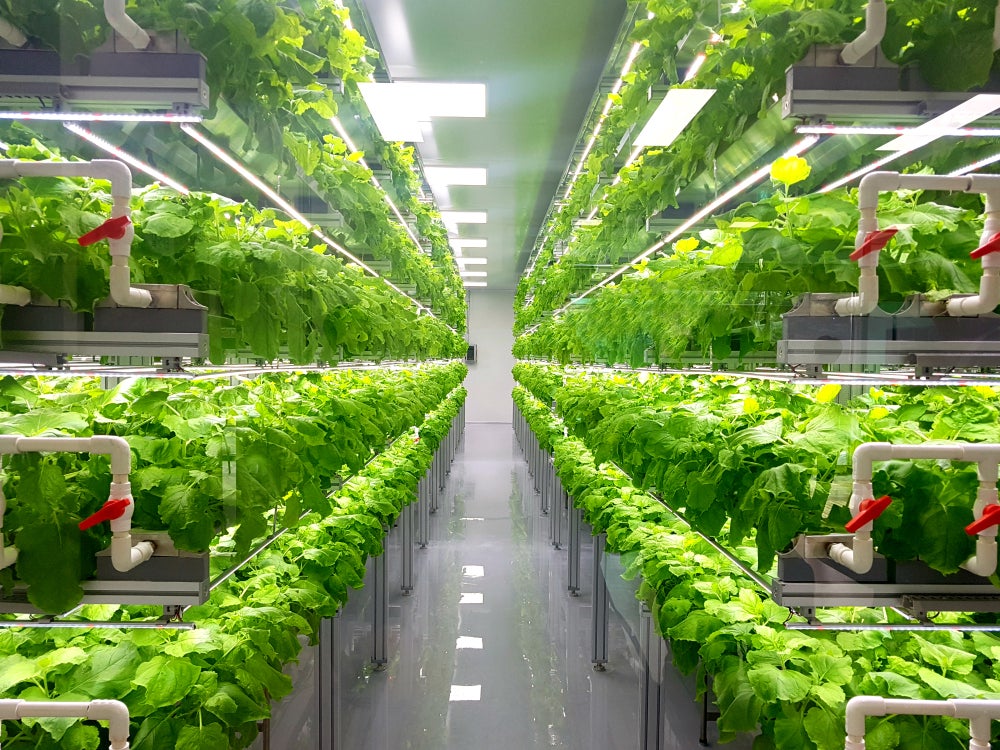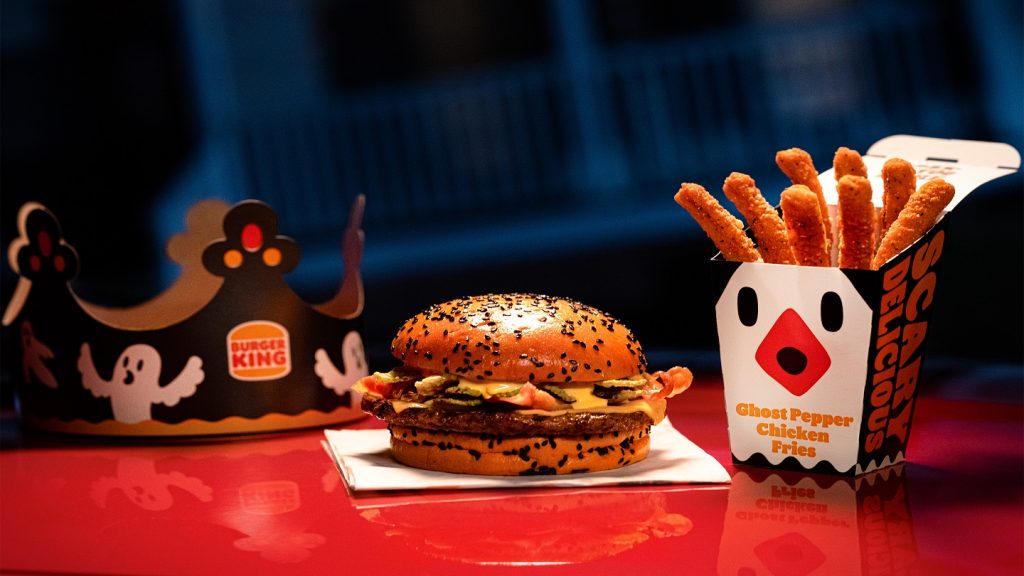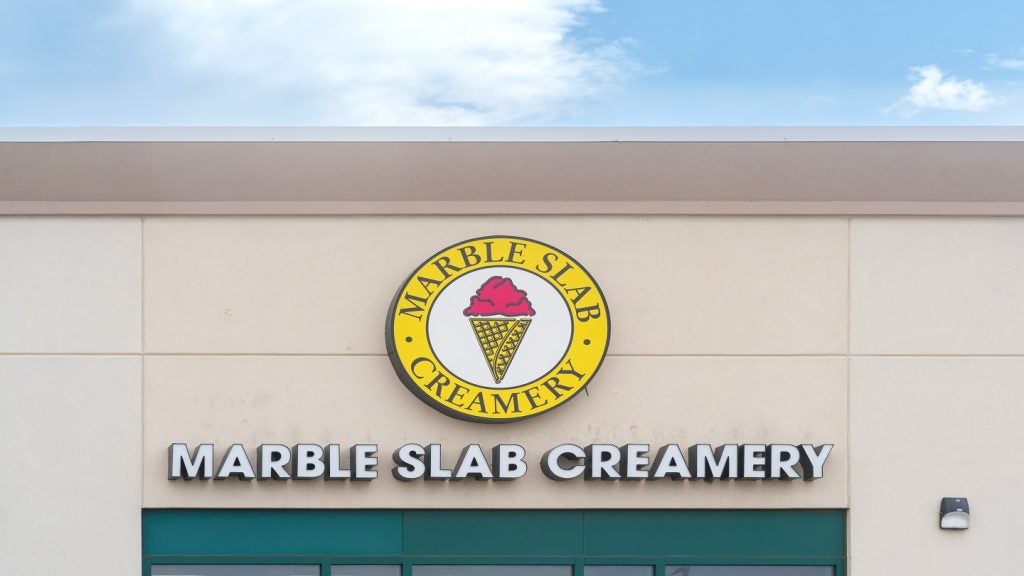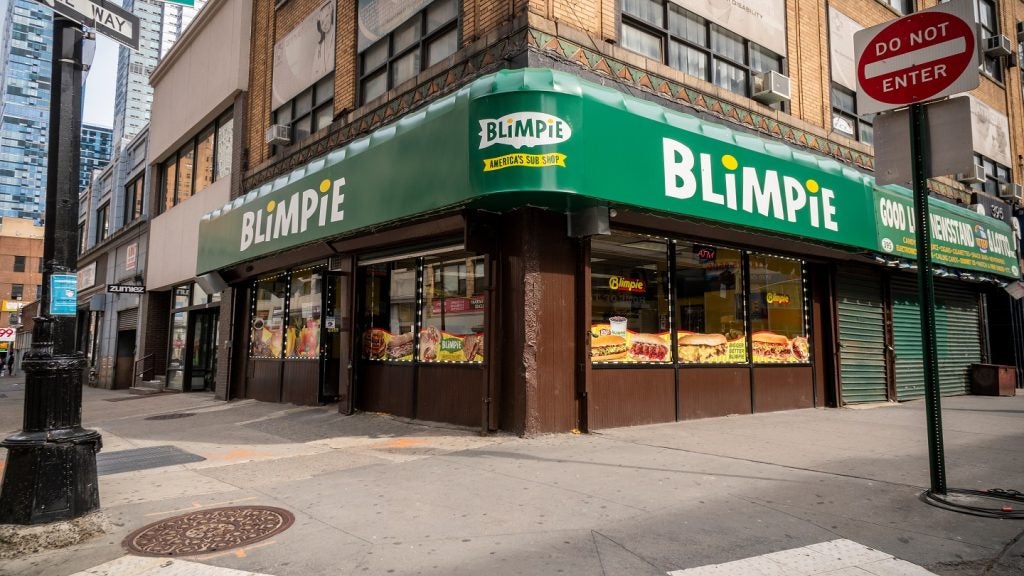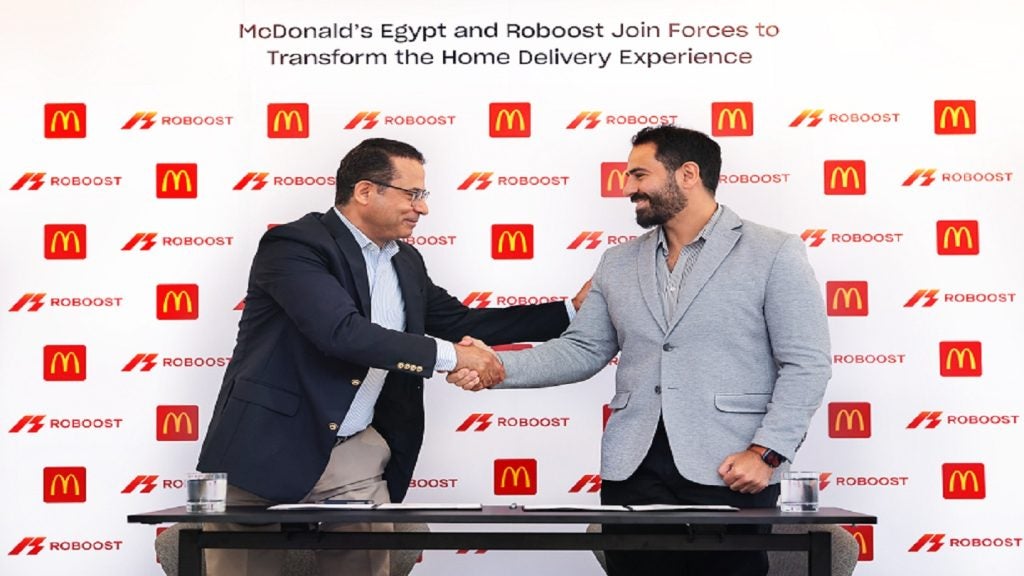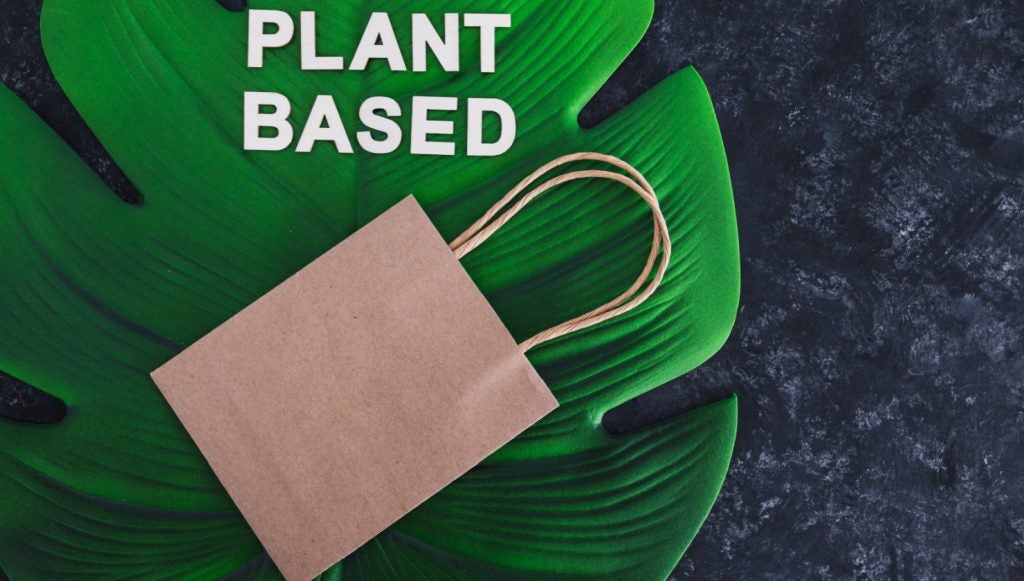Vertical farming has been perceived to be a year-round solution to provide fresh, locally sourced fruit and vegetables for urban areas.
Many challenges come with this farming approach, such as high energy prices and labour costs, which have caused many vertical farms to fail. However, recent technology has helped eliminate these challenges, making vertical farms more profitable.
A successful example of this approach is Bowery Farming based in the US. The vertical farming company was founded in 2015 by Irving Fain in New York, USA. The manufacturer offers a range of fruits and vegetables produced in smart indoor farms near major cities within a 200-mile radius. In terms of operations, the farm uses technology that orchestrates and automates throughout the value chain.
The BoweryOS platform integrates software, hardware, sensors, artificial intelligence, computer vision systems, machine learning models, and robotics throughout the entirety of its operations. This innovative tracking approach creates less waste and uses 90%-95% less water compared to traditional agriculture. It also uses sustainable LED lighting to cultivate food all year without high energy yields.
Key age groups drive vertical farming demand
In terms of key age groups that are driving demand, younger consumers and middle-aged consumers are more likely to gravitate toward fresh and convenient products such as salad kits.
Almost half (49%) of consumers aged 35-44 report quite/very high spend on fresh fruit and vegetables compared to consumers aged 65+ (25%). High spending also suggests a willingness to invest more in premium fresh fruit and vegetables, which aligns with Bowery’s brand profile.
This shows that Bowery understood who their target market was and drove top-funnel brand awareness through social media platforms. Also, the sustainability aspect will drive interest from environmentally concerned consumers. More than half (58%) of American consumers find sustainable/environmentally-friendly products nice to have/essential when deciding to make a grocery purchase. This demonstrates further the opportunity for the brand to have a large target consumer base as a wide variety of consumers are actively seeking sustainable grocery products.
Technology is available to make a profitable business
From this example, it can be confirmed that the technology is available in the US to create a profitable vertical farming business. Other vertical farming businesses are calling on government bodies in markets such as the UK to subsidize costs for their sustainable businesses to thrive.
This signals an opportunity for the agricultural system to grow, especially in markets such as the US and Europe, where demand for environmentally-friendly products is particularly high.


